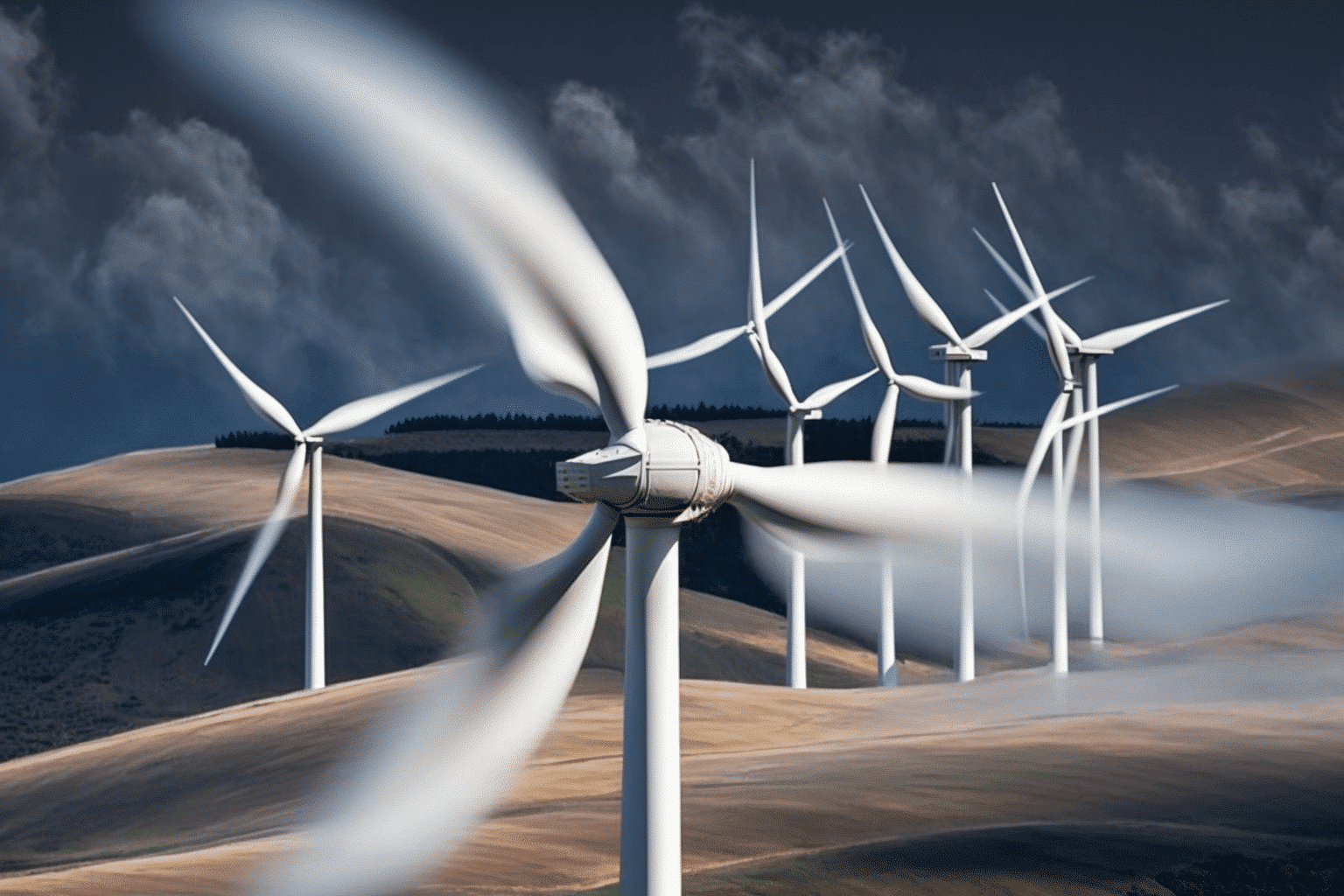The wind power industry is predicting a sharp acceleration in growth this year, according to the Global Wind Energy Council’s (GWEC) annual Global Wind Report. The report highlights incentives and policy changes in key nations, which will help overcome the factors that led to a slowdown in 2022. The GWEC also cited concerns about climate change and secure energy supplies following Russia’s invasion of Ukraine as a significant factor contributing to the growth outlook.
In 2022, the global wind industry saw a decrease of 17% from the previous year, adding approximately 78 gigawatts of wind capacity. However, it is still the third-best year ever for new capacity.
This year, the industry will reach a historic milestone of installing 1 terawatt, or 1,000 gigawatts, of wind energy worldwide. The GWEC projects that 680 gigawatts of new onshore and offshore wind will be installed by 2027, enough to power about 657 million homes annually. The industry’s year-over-year growth forecast is 15%, an enormous figure compared to most other industries.
Challenges Faced by the Wind Power Industry
The wind power market stalled in 2022 because of government policies that encouraged “race to the bottom” pricing, inflation, higher logistics costs, and inefficient permitting and licensing rules, the council said. Despite the decline in 2022, the industry remains optimistic that the policies implemented by major industrialized nations’ governments will lead to a considerable increase in deployment in 2023.
Incentives for renewable energy development in the United States’ Inflation Reduction Act, policies in Europe and China that further expand the role of renewables, and new plans for wind development in Vietnam and the Philippines, are cited as key drivers of growth.
It appears that India is poised to accelerate its wind energy efforts, while Brazil is set to strengthen its position as a major player in the field. China emerged as the leader in both onshore and offshore wind development in the previous year and is expected to maintain its leadership in 2023. The report highlights that the Asia-Pacific region surpassed Europe to become the largest offshore wind market in 2022, but Europe still leads in the construction of floating offshore wind farms.
Wind Power’s Contribution to Climate Change
The GWEC report notes that the twin challenges of secure energy supplies and climate targets will propel wind power into a new phase of extraordinary growth.
In order to stay within the 1.5 degrees Celsius (2.7 degrees Fahrenheit) warming threshold that scientists deem necessary to prevent the worst effects of climate change, wind power will need to contribute even more to renewable growth by 2030, despite its current rapid expansion. According to the Global Wind Report, policymakers must increase their ambition and provide the necessary support to ensure a clean energy future. The report’s CEO, Ben Backwell, asserts that 2023 will signify the beginning of a pivotal transformation, as the policies of major industrialized nations will result in a significant acceleration of wind energy deployment.
The wind power industry’s prediction of rapid growth in 2023 is encouraging news in the fight against climate change. The incentives and policy changes in key nations, coupled with concerns about climate change and secure energy supplies, are expected to propel the industry into a new phase of extraordinary growth. However, policymakers must double down on their ambition and deliver the support that will secure the clean energy future we need to protect the planet.
